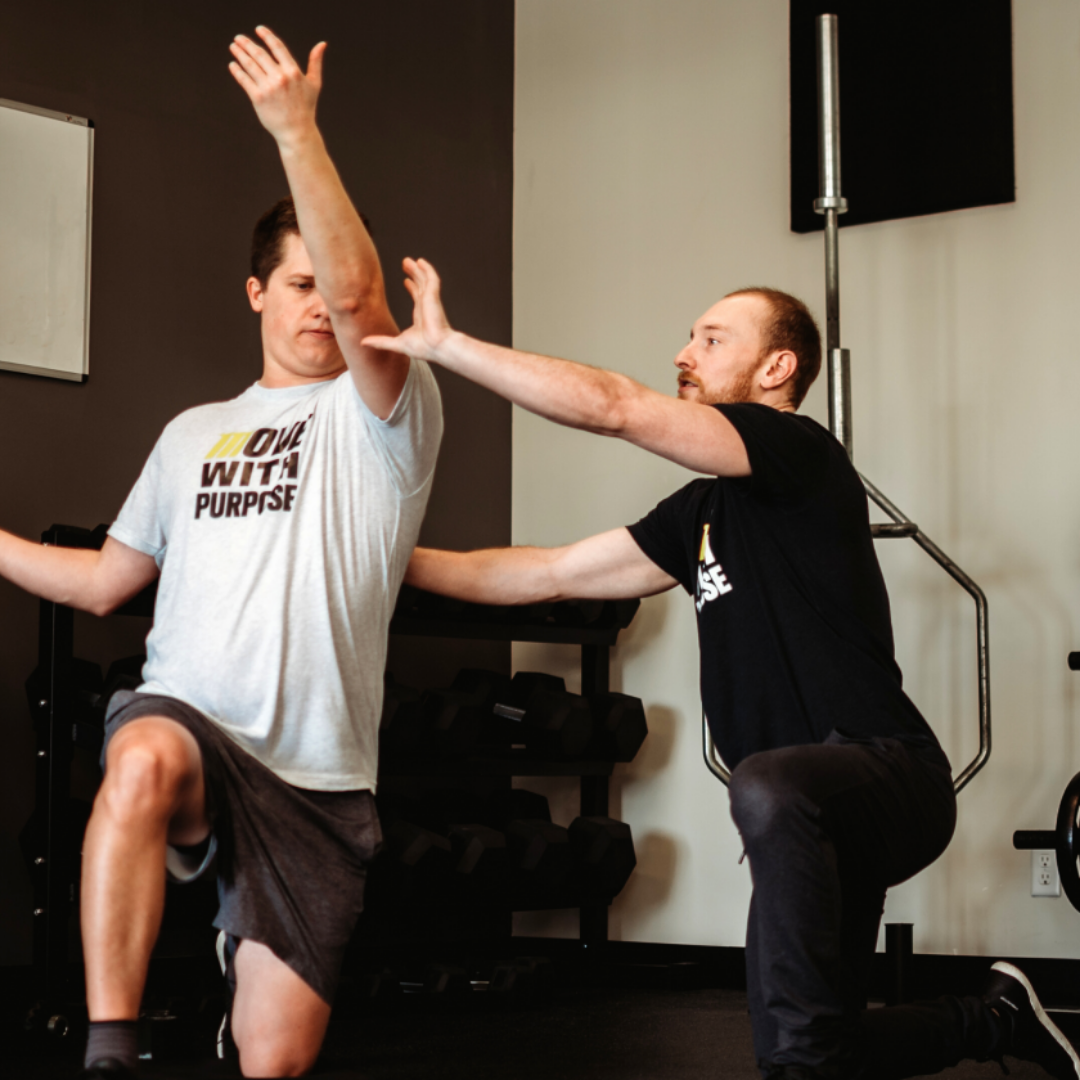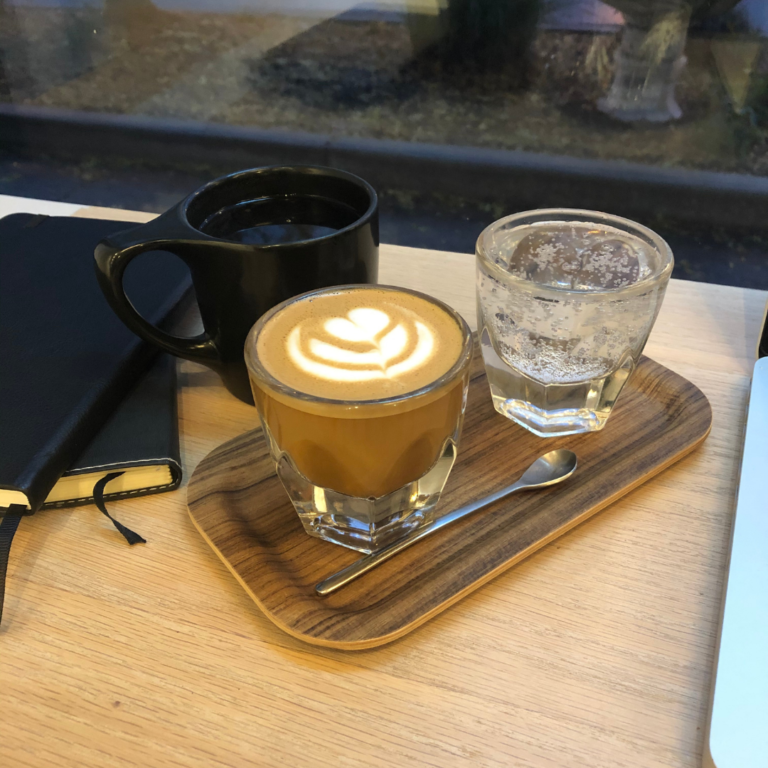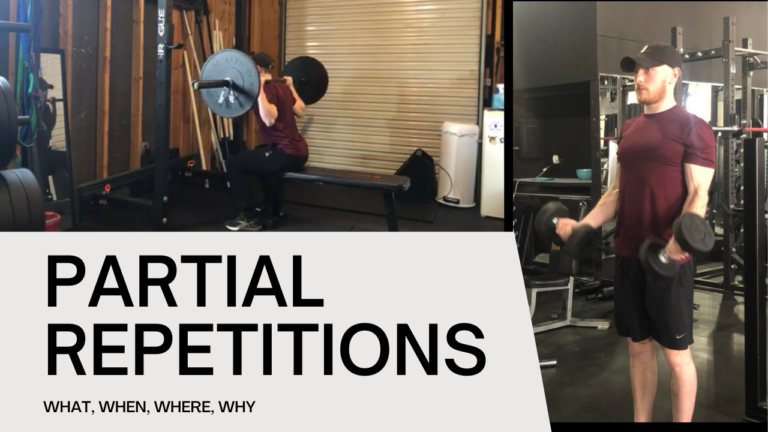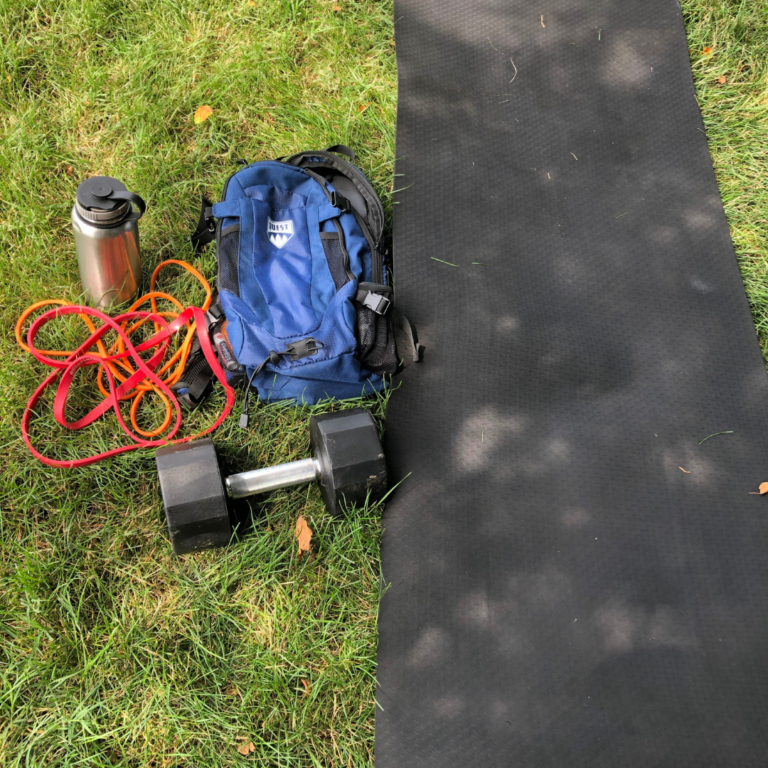Whether you have tightness in a certain area throughout the day or have been trying to nail down a specific movement for a while now mobility can seem like an elusive thing destined only for the ‘mobile’.
The truth is though that unless you were born with a specific condition we were all brought into the world with full mobility. Now obviously our bodies change, develop, and grow as we age. However, this alone is not the reason why you have either limited mobility or your effort isn’t showing results.
Mobility and flexibility need to have the same level of intent as the rest of your program. These need to be individualized for you and have a progression in mind.
Flexibility refers to your passive ROM (range of motion).
Mobility refers to your active ROM.
Understanding this difference alone and applying a little more attention to your flexibility/mobility work can have huge payoffs.
Below though we will dive deeper into 5 common reasons why you may not be seeing the results you’re after.
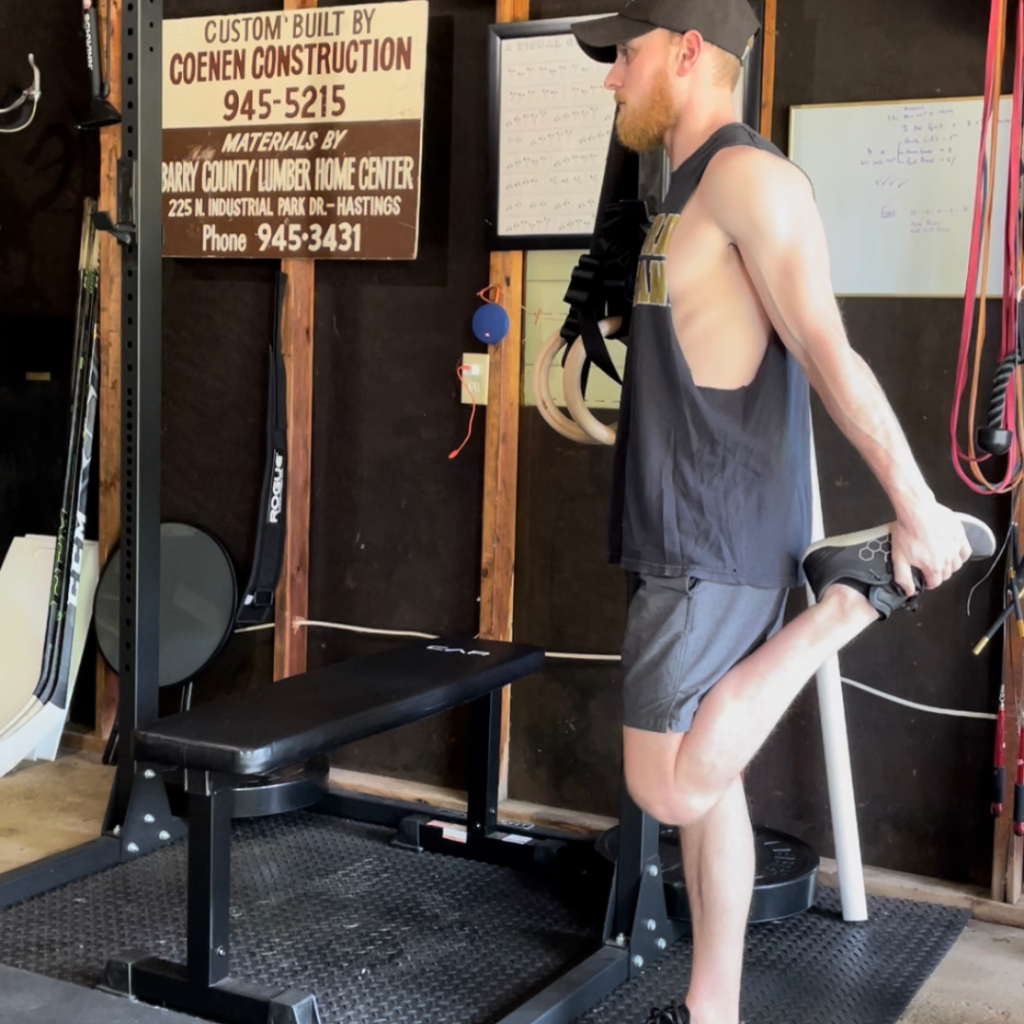
Flexibility: Passive ROM (Range of Motion)
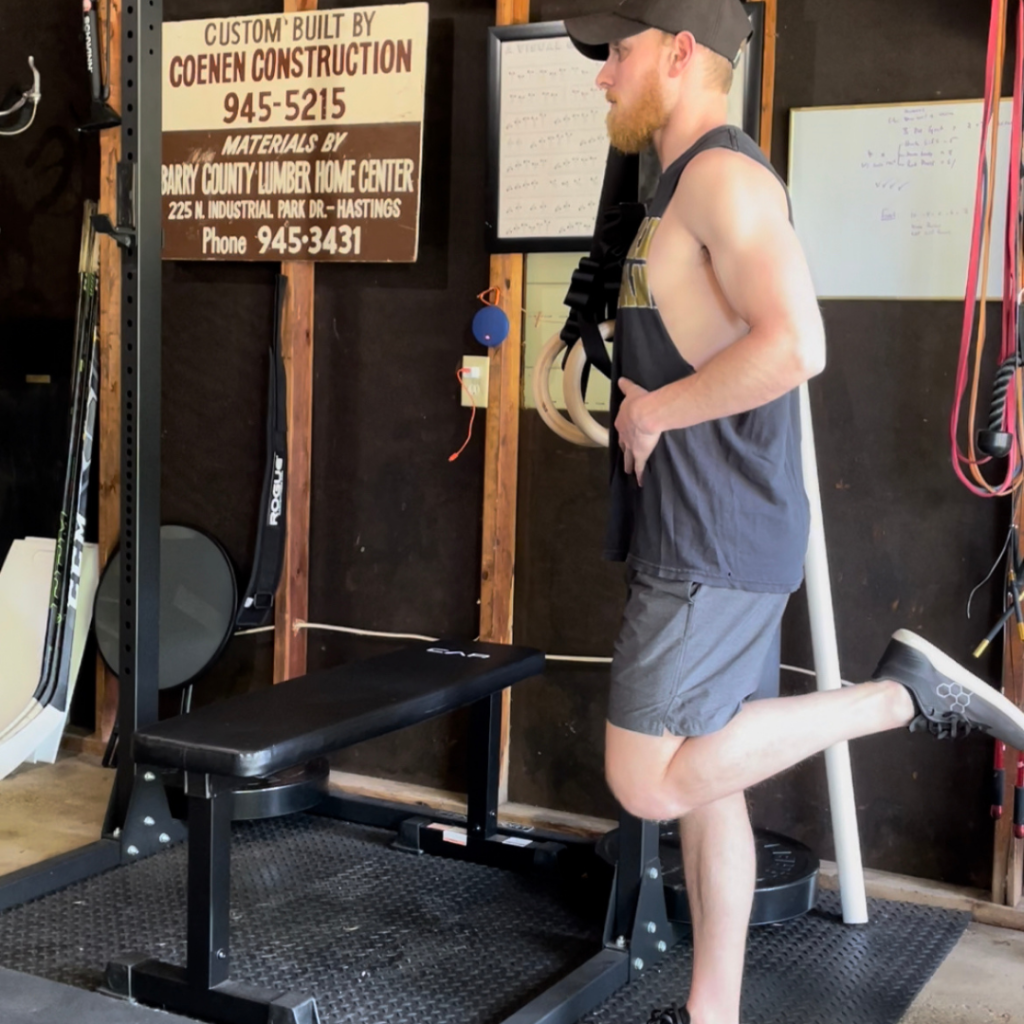
Mobility: Active ROM (Range of Motion)
- Not Passive Enough
As humans in the 21st century we are used to having things be instant. We can do or get anything we want just by opening up the phone in our pocket. Unfortunately, this is not how mobility or flexibility work. They take time. Usually when things take time we distract ourselves or try to rush the process. In relation to flexibility this means we get distracted and lose the mind muscle connection or we rush through the set thinking a 20 second stretch was in fact 2 minutes (it certainly feels that way at times!). One of my favorite things to do is set a 2-5 minute clock and see how much I can consciously get a muscle to relax in a stretch. This keeps me engaged and makes it more of a game or test with myself. This really works well at night or after a taxing workout.

Initial Stretch
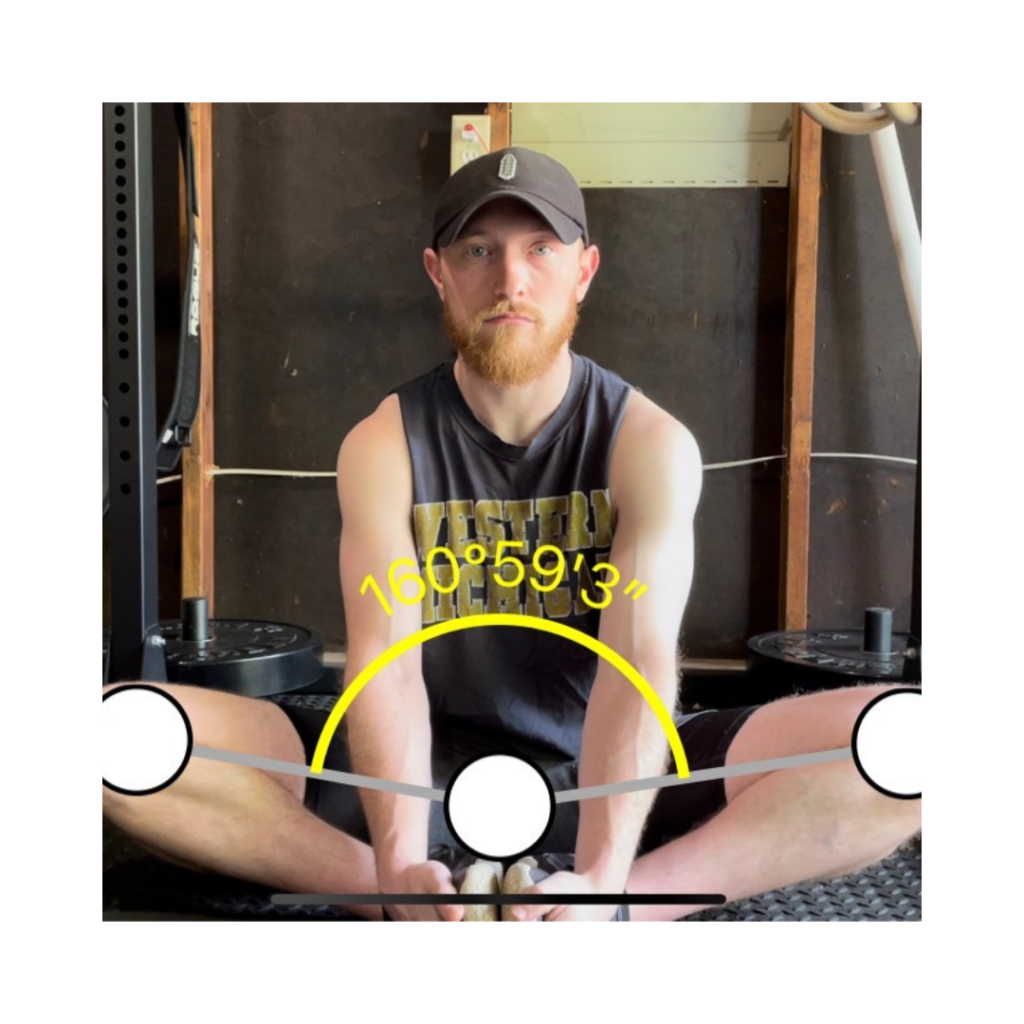
3 Minutes Later
- Just Passive
While flexibility and stretching are a big thing mobility is what we are really after. This requires us to train the tissues and brain in the ROM’s we have access to and want to develop.
Progressing on from the first reason why you might not be improving your mobility/flexibility we get into probably the most common mistake. Just stretching and not actually training the movement or mobility you want to improve. Above we briefly broke down the difference between mobility and flexibility, this distinction becomes incredibly important when we are deciding on where to put our efforts.
Let’s say someone wants to improve their shoulder flexion (putting your arms overhead). If all you did was stretch your shoulders you’d be missing out on a key factor that allows the shoulders to move in the big ROM they should be able to access. Internal and External Rotation. If we are limited in either of these movements then our shoulder flexion will suffer. Just stretching alone will not improve on these specific muscles to be able to fluidly contract/relax which allows for greater function of the shoulder. You would need to train these muscles (movements) in conjunction with your stretching to get the most out of your efforts.
Regardless of where you want to improve mobility, making sure you are training the movement, not just the muscles or tissues is crucial.
Banded Internal Rotation
Banded External Rotation
- Not Enough Volume
By now you probably know how adaptive the human body is. It’s pretty remarkable. To use this to your advantage we need to make sure that you are not giving your body too little stimulus or not enough information to work with.
For example, if the only time your hips go below 90 degrees is in the gym, and outside of the gym you sit in a chair all day then you likely will have limited hip mobility. This is because in that 1 hour of exercise you maybe had a total time of 2 minutes with your hips in full flexion and then the remaining 23 hours and 58 minutes your hips were either extended or supported in a limited range of flexion. The body is incredibly smart and will create stiffness so it doesn’t have to work as hard to maintain the positions we routinely are in.
My favorite example to use to visualize this is a potter using clay. At first the clay is harder to move because it’s cold and hasn’t been worked very much. After some time though the clay is malleable and can be put into countless positions without breaking. This is an oversimplification but it is exactly how the body works. Movement is medicine and needs to be a big part of your day if you want to improve your mobility.
- End Range (short & long) Work
This is where more of the nervous system comes into play when wanting to improve ROM.
Essentially we want to work the muscles in their most lengthened and shortened positions, letting the brain know that these are safe positions to be in and inturn strengthening these end ranges which will help improve the overall ROM and structures involved. If you have never tried this kind of strengthening before then some things to think about are,
a.) start slow and ramp up intensity (don’t go from 0-100% max contraction)
b.) cramping. You will probably cramp a good amount with this. Try to breathe and push through unless it becomes unbearable then get out of the position. This kind of cramping is not dehydration or anything like that. It is your brain not being used to controlling the muscle in that shortened or lengthened position and is sending a bunch of signals to that muscle and the surrounding structures. Eventually it will move past this and will stop cramping as it gets acclimated over time.
c.) Good resources for this kind of mobility training are
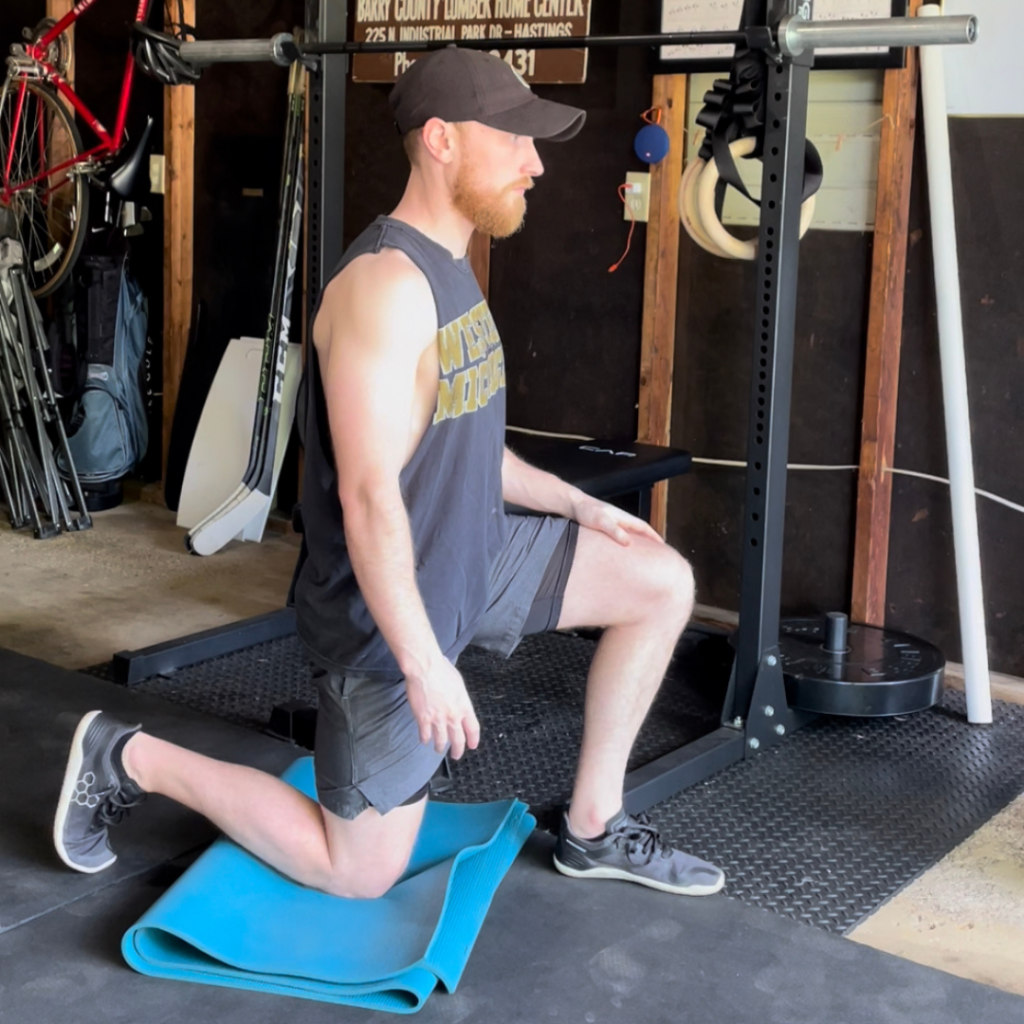
Short Range Hamstring Passive
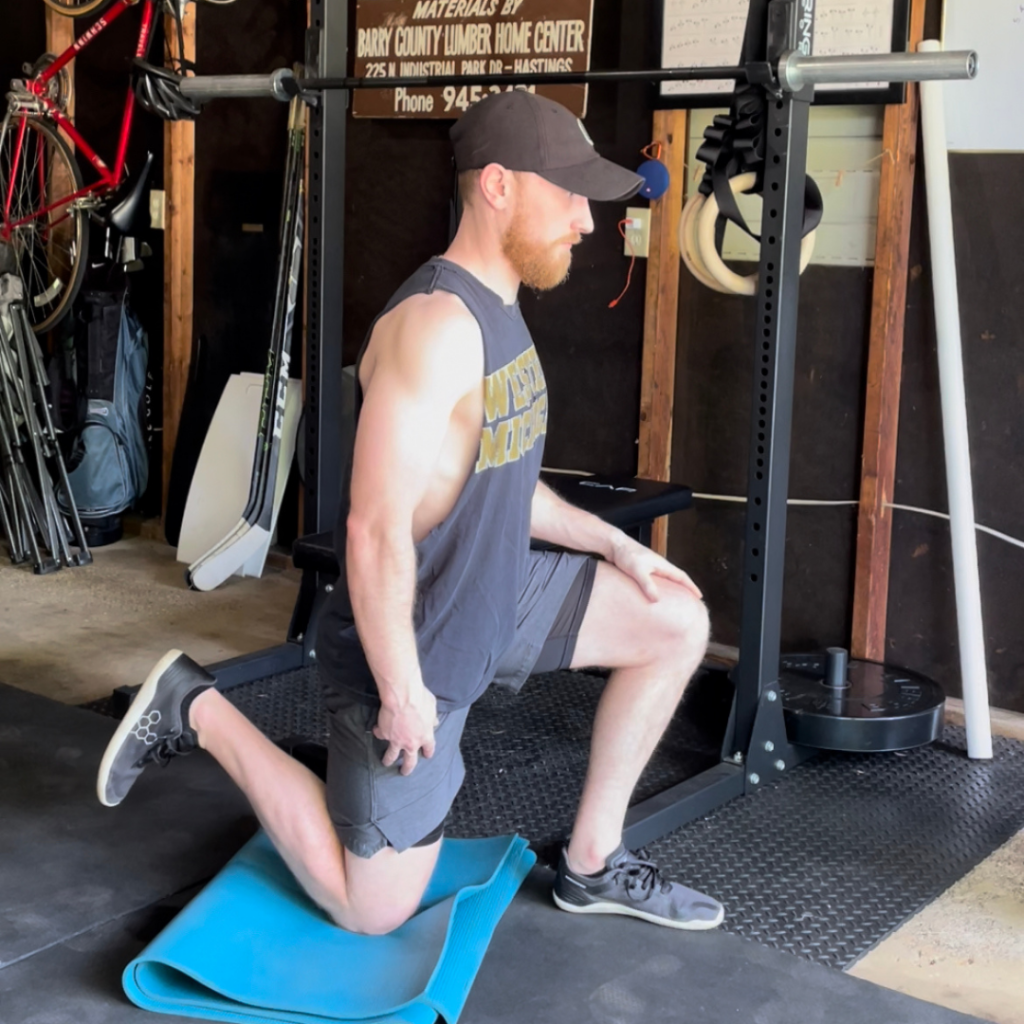
Short Range Hamstring Active
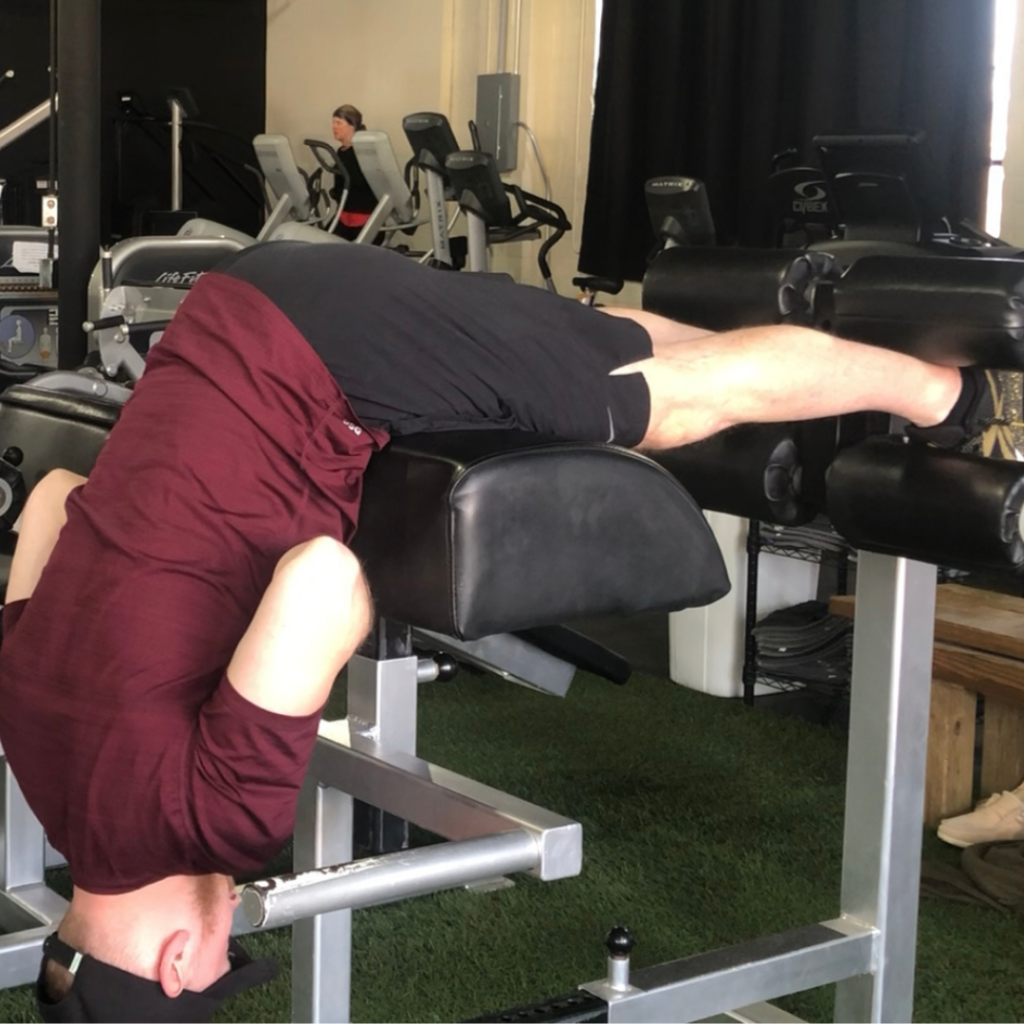
Long Range Hamstring Passive
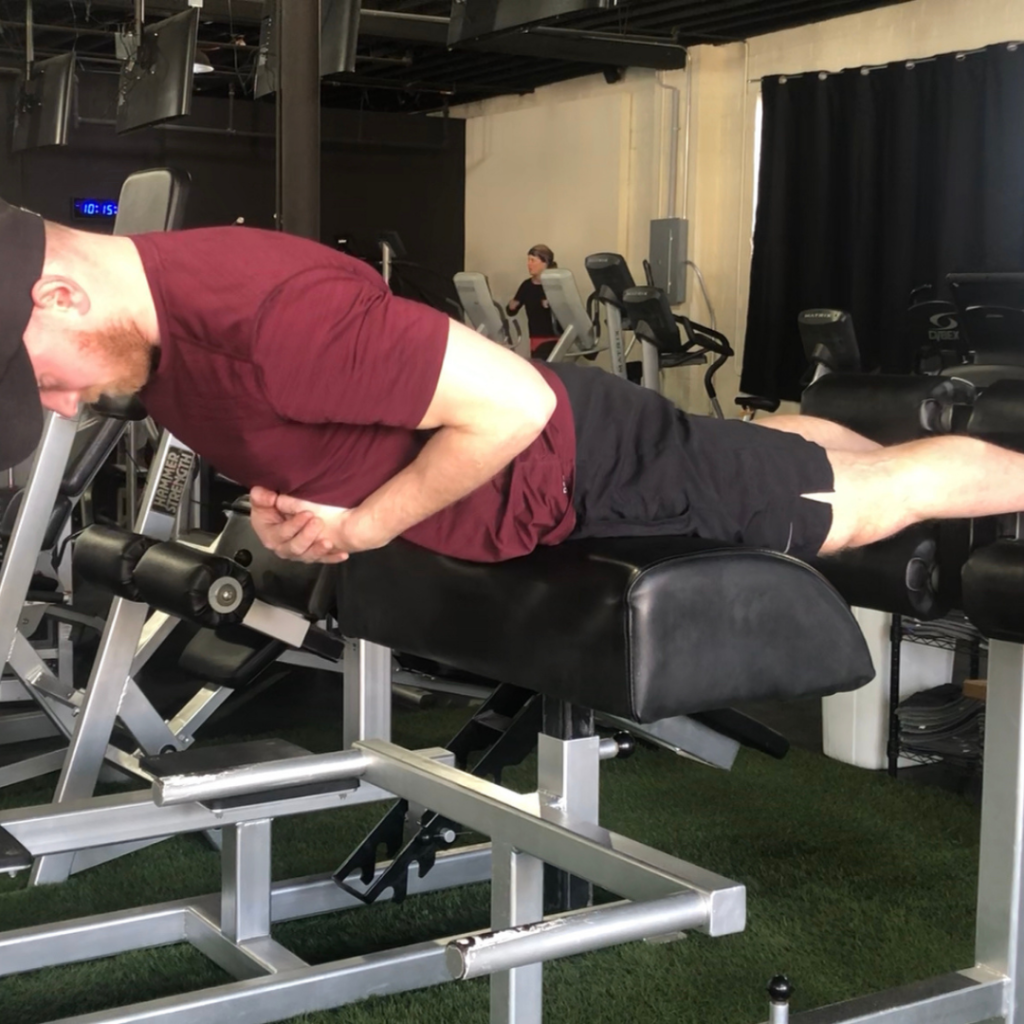
Long Range Hamstring Active
- Eccentric Training
This is another big thing when it comes to controlling various movements. This can be thought of as weighted stretching to build upon the last point and include a more global/bigger ROM.
What eccentric training allows us to do is to keep tension in the muscles in the part of the movement or exercise that lengthens the muscles/structures we are trying to improve. A visual to think about is, if static stretching’s goal is to get a rubber band to lose tension, then weighted eccentric training is a rubber band getting more tense as it is being pulled apart.
You already do this in your exercise routine if you use weights, the only difference would be to focus on using variations that really lengthen the muscles to their current pain free max mobility. The added bonus to this is we are controlling and keeping tension throughout the movement so we are also strengthening the structures and increasing the resiliency of them.
Light weights are great to start with then build up as your body adapts. A little goes a long way at first.
Lastly we will answer the question, What does a planned out mobility routine look like?
***again, this is highly individualized. This is like exercise, there are a million+ different ways to go about and accomplish things.
In the summer of 2021 I separated my AC joint. *link to article & video here* We will use this example to show how I improved my ROM after being unable to move the shoulder or arm after a few days.
*if no previous injuries, learn for yourself where you may have tightness or mobility restrictions. *Click Here for Video Playlist*
-Pain free movement first no matter how small the ROM is, then..
-stretch as often as you can (hourly, before bed, post workout etc.), then..
Progressing as the body adapts:
- Isometric Holds (muscle working without moving)
- Eccentric Movement (muscle lengthening)
- Concentric Movement (muscle shortening)
- Dynamic Movement (global, general movements)
- Sport Specific Movement (goal specific work, power etc.)
There is hope when it comes to improving your flexibility and mobility. It will take some thought and work, but our bodies want to move and open up.
No matter the style in which you exercise and no matter what you want to do with your fitness and health in this life, having a more resilient mobile body will help improve your experience and overall well being.
To Your Success,
– Josh
